Elden Ring appears to be the best of every mainline Souls entry in the genre. It takes the most successful ideas from Dark Souls 1 through Dark Souls 3 and puts them to work in a gorgeous open world.
FromSoftware didn’t have to do as much of the lore work this time, of course: George R.R. Martin is responsible for the vast majority of that. But the enemy designs, demanding yet precise gameplay, and world-class visual and musical direction are all straight out of the Hidetaka Miyazaki playbook.
I spent about eight hours roaming a small section of The Lands Between, Elden Ring’s worldspace, taking in the sights, beating down bosses, and learning what’s new and what isn’t. I watched hours and hours of Elden Ring‘s co-op and PvP too. Let’s see what we can learn about it.
Prepare to Explore (and Die)
The Elden Ring Network Test only gave players access to a small portion of the world map, though we could see beyond the boundaries for a fair distance. We met a few NPCs and experimented with a limited set of systems.
There were nine bosses available to fight, but only one main story boss. We also saw a portion of one of the game’s Legacy Dungeons, Stormveil Castle, which should feel familiar to those who’ve experienced the architecture of Dark Souls 1 and DS 3.
The difference in Elden Ring is the scale of everything. Stormveil looks to be far more expansive than almost any of the environments we’ve seen in previous titles, with only Lothric Castle from Dark Souls 3 offering a seemingly similar size, if not complexity. If Stormveil is as extensive and multi-layered as it appears from the gates, the closest comparison would be the Painted World of Ariamis but expanded severalfold.
The field leading up to the Castle, part of a place called Limgrave, appears closest in scope to The Great Plateau in Breath of the Wild. There’s much more to find in Limgrave, however, and none of it is friendly. In fact, the first enemy you encounter is a golden-armored knight on a similarly gilded horse, and they are more than happy to flatten and/or bifurcate you at the first opportunity.
For this reason, and many others, put your concerns about Elden Ring’s difficulty to rest. Enemies are aggressive, they deal significant damage, and they attack in great numbers. Or at least with big swords. You can alleviate some of the up-front challenges by using magic, but those resources are limited, and you’ll eventually have to take the fight to your enemies.
FromSoftware’s love of surprise attacks, unfair fights, and general shenanigans is unchanged. One encounter initially appeared to be a simple hill assault through some archers, but quickly turned on its head when a giant with a sword in its chest jumped down to pancake any foolish enough to walk in without caution.
You’ll see similar giants pulling carriages with loot in Limgrave as well. Horse-riding mercenaries fill the space between, as do rank and file soldiers and thoughtless undead who serve almost no threat.
Hidden throughout the world are small dungeons, promising rewards if you can survive the trials within. There were six of these total in the small space we could play in, and each came with an end boss. The dungeon bosses offered less challenge than the single story boss, but they were all unique, weird, and demanded different strategies to overcome.
The side dungeons were fairly small, with the smallest being a boss arena and a loot room. The largest was a modestly-sized ore mine with multiple levels and enemy types to fight. The mine boss was, oddly enough, a Dark Souls 2 boss in all but name. Seeing the almost one-for-one design was surprising, as the second entry in the Souls series remains the most divisive.
That commitment to evolving past successes is where some of Elden Ring’s greatest genius comes from. Tarnished can make use of the most successful ideas from every game in From’s library. It doesn’t matter if it’s Souls or –Borne or Sekiro: if it worked, it’s present in the Lands Between, plus so much more.
The Puzzle Completed
Elden Ring’s laundry list of systems and mechanics evolved from previous games could go for miles, but the short version is:
- Demon’s Souls: Ambushes and almost-unfair encounters make their return, as do the weird boss and enemy designs. Opaque systems are back, too, with some mystery mechanics in the Network Test no one could account for.
- Dark Souls 1: Passive poise based on your equipped armor, allowing you to tank hits from certain types of weapons once or twice. There’s also a recommitment to interconnection in the world design. Parry timings seem similar for most weapons, though there is some overlap with how Dark Souls 3 handles parries.
- Dark Souls 2: Power standing weapons is back and heavily simplified: equip two of the same type of weapon in both hands and you’ll have access to the full power-stance moveset with the left trigger. Magic is extremely powerful again and is effective in both PvE and PvP.
- Dark Souls 3: Weapon Arts return, this time swappable between weapons rather than tied to them. Flask allotment and weapon-tier matchmaking are also back, as well as the basic graphical style.
- Bloodborne: Combat speed and maneuverability are Bloodborne’s most significant contribution to Elden Ring, with quick steps and other mobility options available. We only saw a few weapons in the Test, so something like a Trick Weapon isn’t out of the question.
- Sekiro: Both the player and enemies have a hidden Stance value that, when broken, opens them up to a critical attack. It isn’t a guaranteed kill like in Sekiro, but it’s more pronounced than in the Souls titles. Then there is, of course, the jumping, which isn’t as significant as in Sekiro but gives From entirely new avenues of map design.
Elden Ring isn’t just a greatest hits album of From’s previous work. It has its own identity. From traveling on horseback to the flow of combat, there’s plenty unique in this latest game.
So How are the Fights in Elden Ring?
You’d be forgiven to think Elden Ring’s combat is just more Dark Souls 3. There are definitely influences, and you’ll find the core in the final Souls entry, but the addition of jumping flips the script almost entirely. Now the terrain is even more important to the moment-to-moment combat because you can reach places previously unheard of.
The viable build variety in Elden Ring also feels much larger than in previous games, though that’s certain to change within a few weeks after the full release. There are over 100 weapon arts, most of them interchangeable, and with magic back on the menu, I can’t imagine how many different setups are actually usable.
The PvE considers all these options, with high enemy density in both dungeons and the open world. As mentioned, almost every enemy is quite aggressive, with sometimes unpredictable moves and odd attack timings.
The damage output was also double what most will be used to, at least when you aren’t leveled up. Bosses take the damage to another tier, easily two- or three-shotting properly geared players. Add in their potential to combo three or four attacks together, and you can and will die very, very fast.
Summoning allies can make the dying part a little less prevalent, and there are more ways than ever to call in help. Summon signs remain a workable option, but there’s now a summoning pool potential helpers can enter at any time, and it searches for jolly cooperation no matter where you are in the world.
Having co-op partners is still one of the best ways to bring some levity to the challenge present in a Souls-like. Enemies still have trouble dealing with more than one player present. You and your friends can still stun-lock most foes into oblivion.
There’s no penalty for being a summon, either health or otherwise: you bring everything with you. If you can’t, or won’t, summon, there are also ways to call in NPC phantoms through reusable items that cost varying levels to cast. These NPCs can turn the tide if you have to play offline and need some help with an encounter, and there’s almost no penalty for using them.
Invading doesn’t have any additional penalties either beyond the usual. You will be outmanned, whether by summons or blues — likely both. Thankfully, you have a couple of new advantages as a red phantom.
First, if you can keep your fights one-on-one, there don’t appear to be any long true combos. You can roll away after the first hit of any weapon’s moveset. The same is true for your targets, and multiple people can lock you down with a well-timed sequence of attacks.
Your second tool will give you some breathing room: the Phantom Bloody Finger, which teleports you to another spot near your target and their friends. The cast time is about one second and has a generous invincibility period shortly after use. You’ll use that and your knowledge of the area to stay one step ahead.
I should mention that backstabs, at least in the Network Test, were much harder to pull off consistently. The cone to activate the animation is much reduced from previous titles, and the action’s start-up is slow, meaning you have to both get directly behind your enemy and manage to nail the tight timing.
There are plenty of smaller details I could cover, but the above are the most high-profile topics. I can’t wait for the full release, because I know we only saw a sliver of what Miyazaki and FromSoftware have cooked up for us. I’m already in love with the world they’ve built and how it’s filled with just enough to engage but not so much that it feels cluttered. Everything is beautiful and grand, but there are plenty of quiet moments to appreciate as well.
Elden Ring releases on February 25, 2022, and I don’t know what I’m going to do until then.

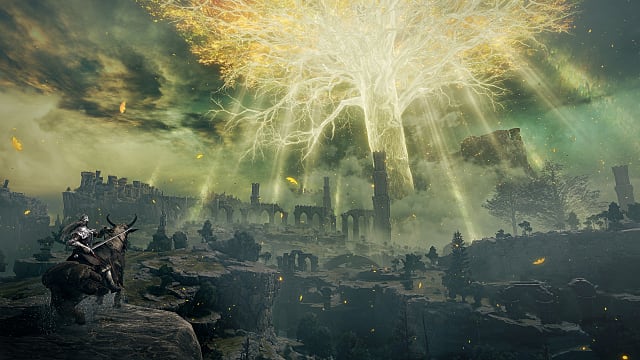
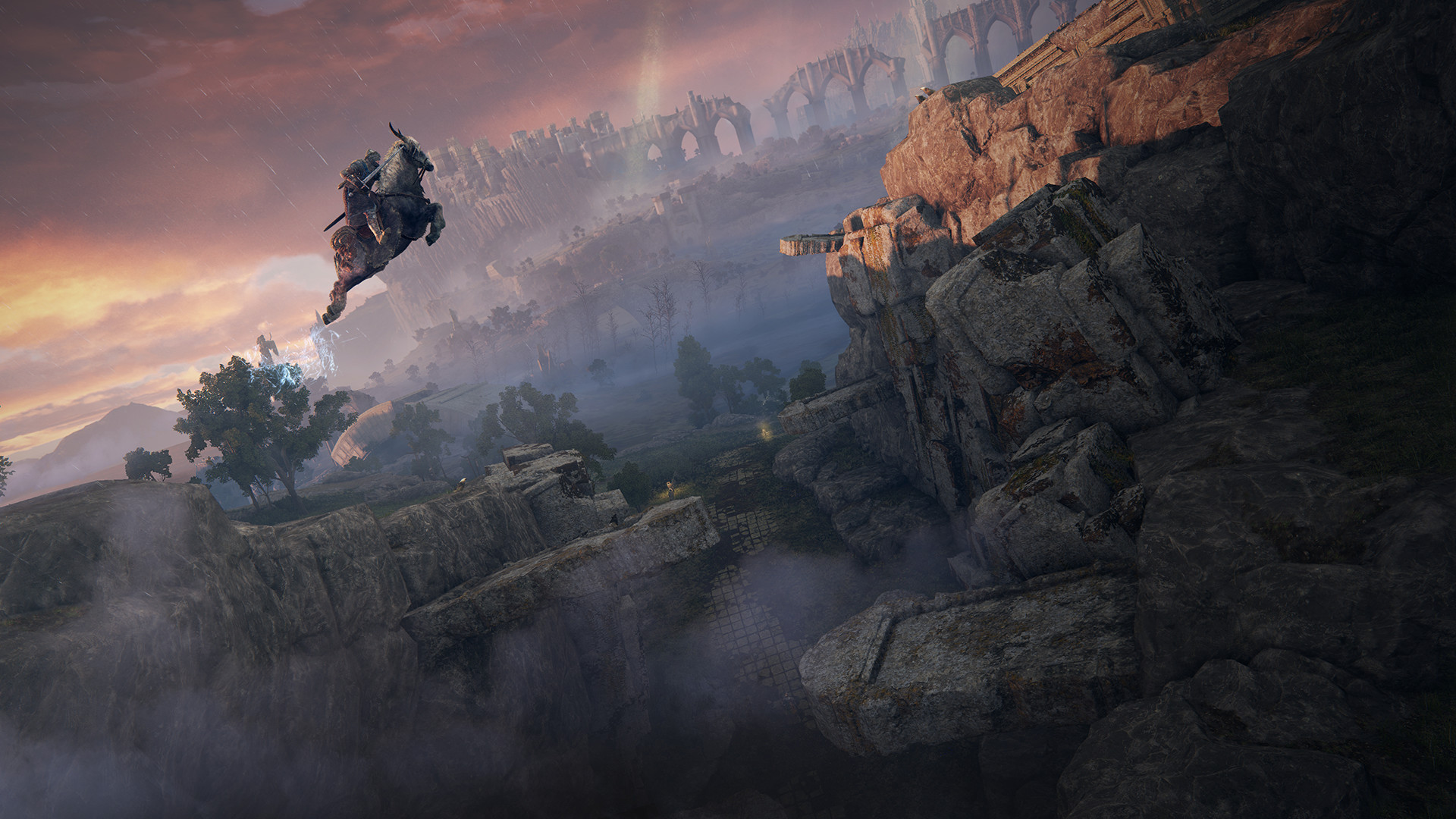
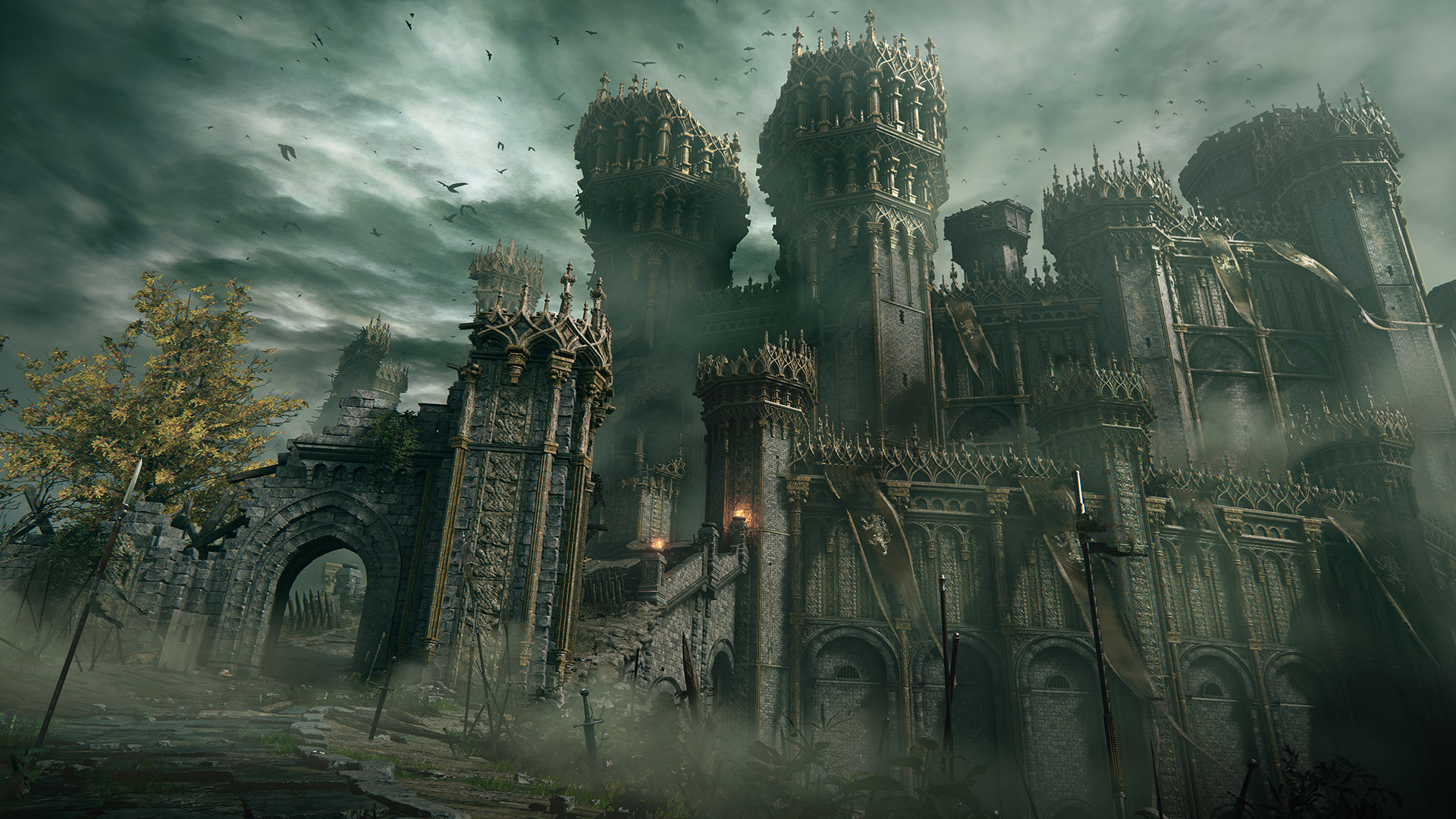
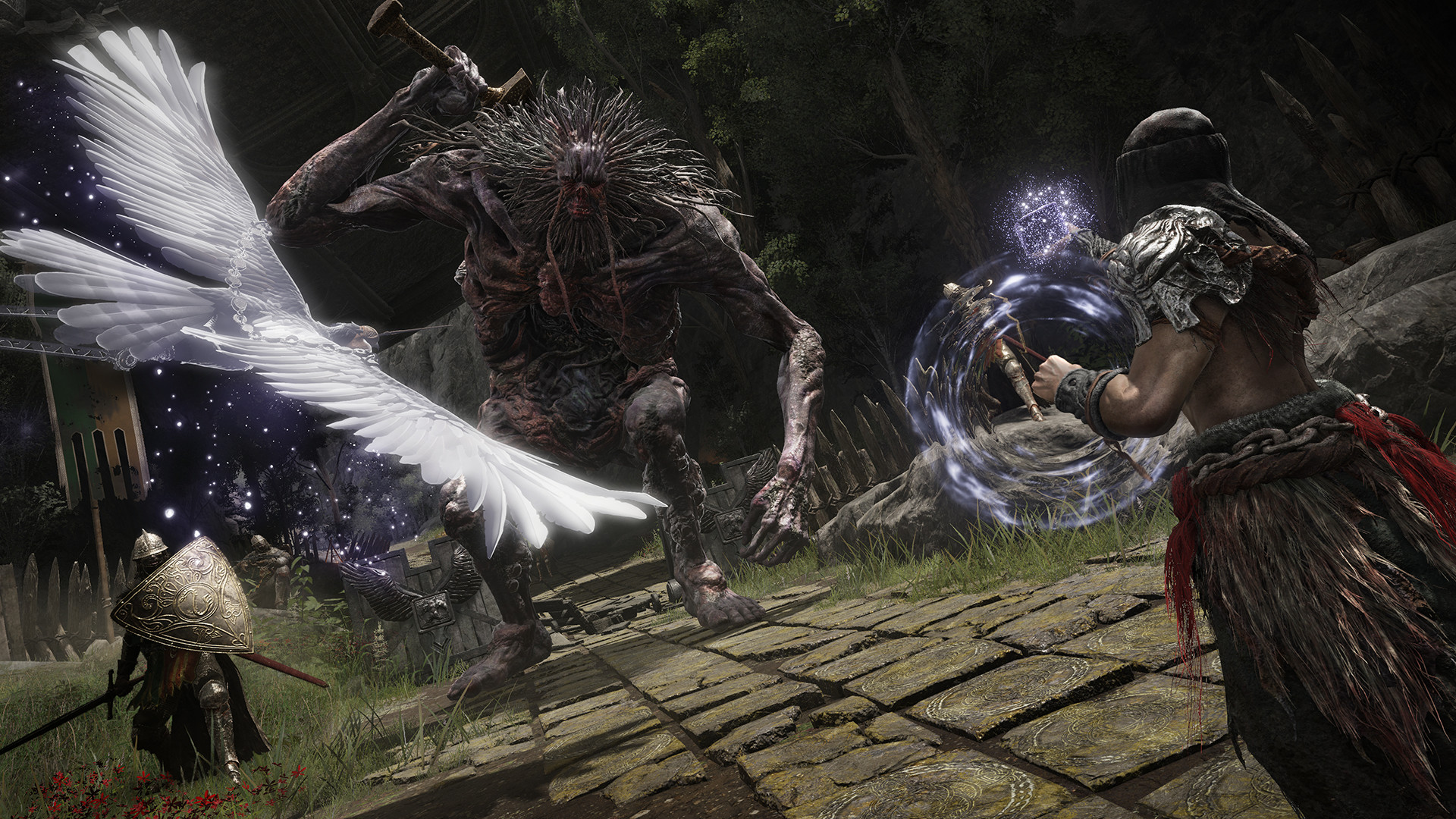
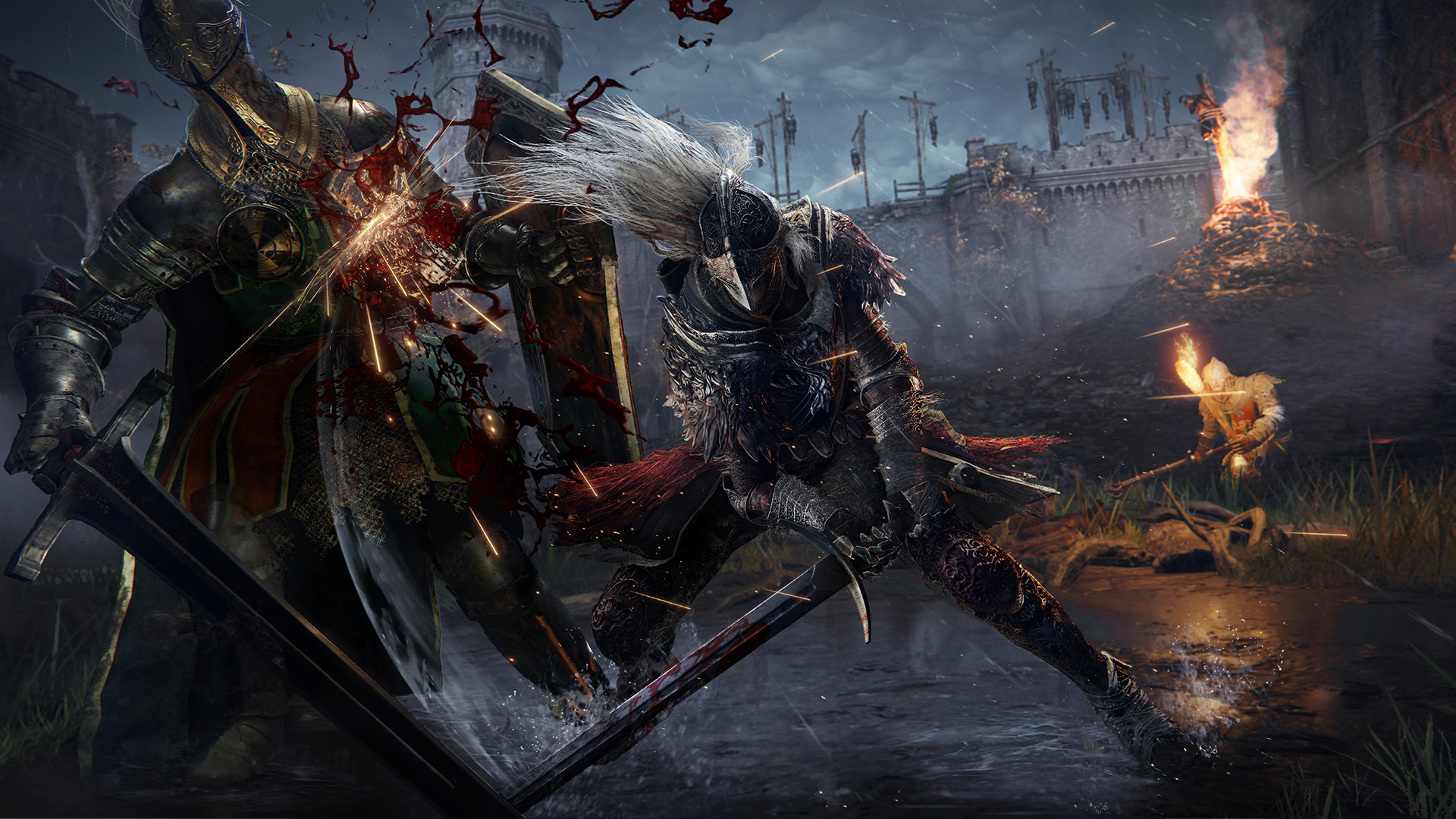
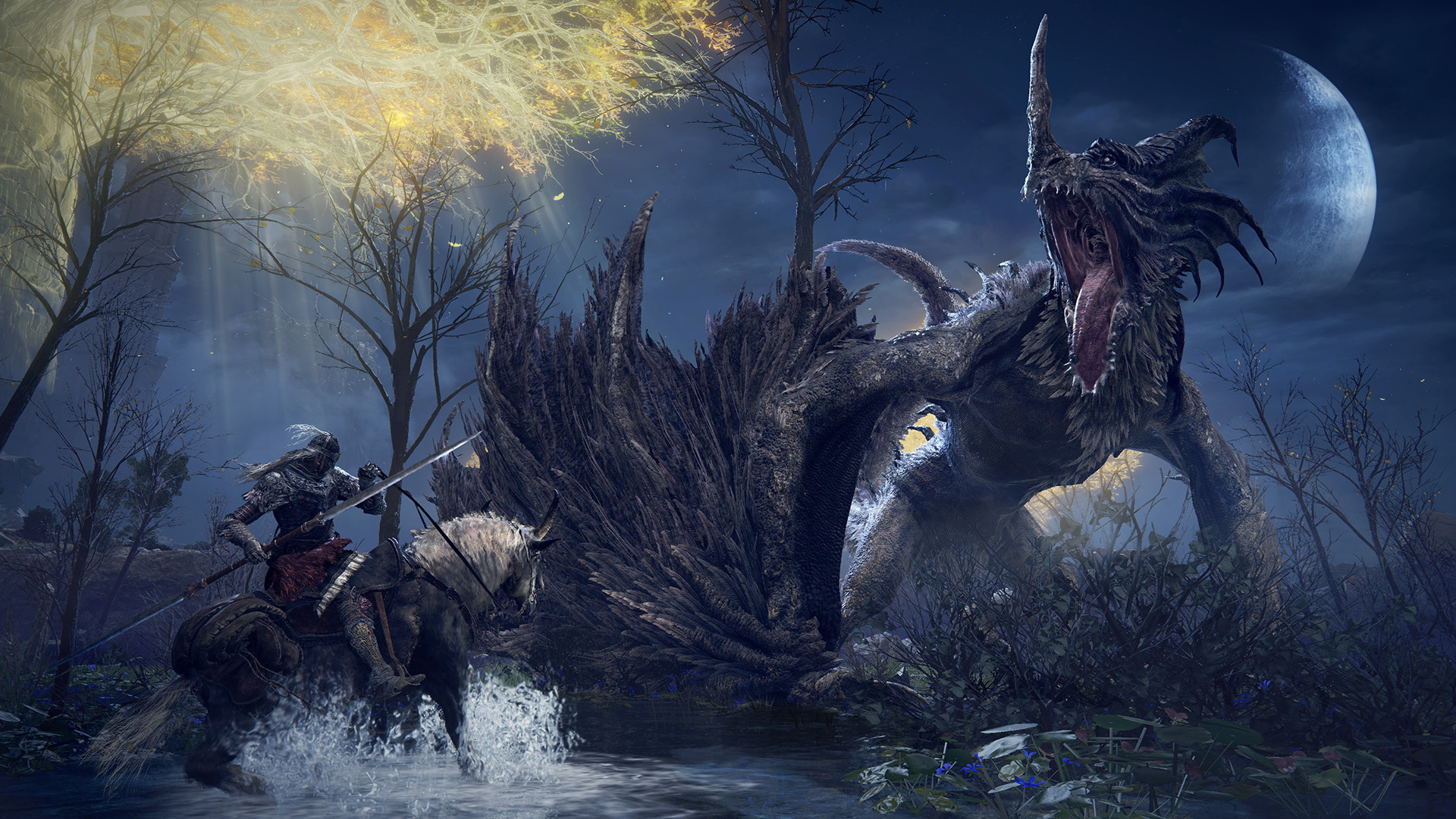
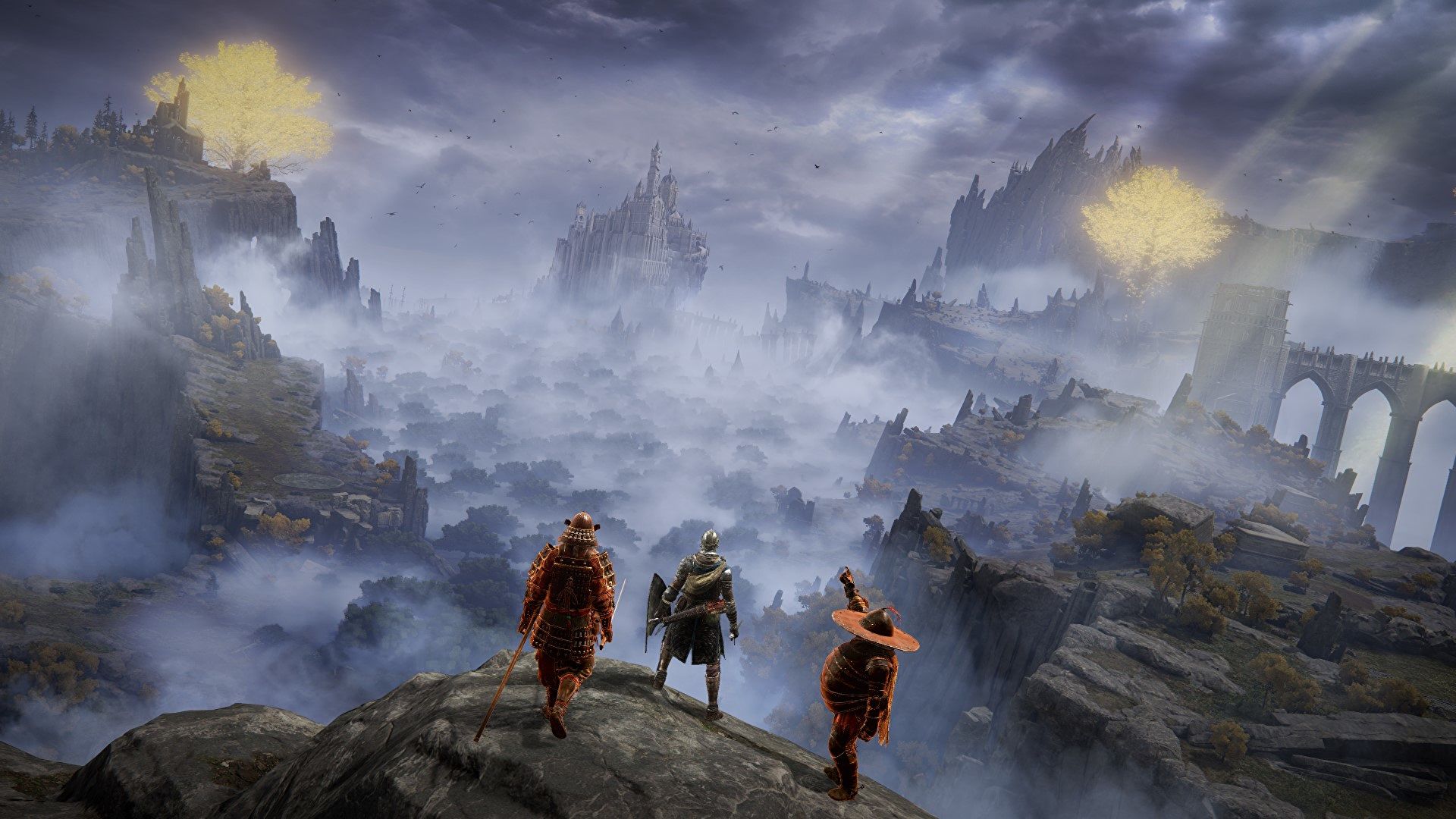








Published: Nov 16, 2021 10:34 pm